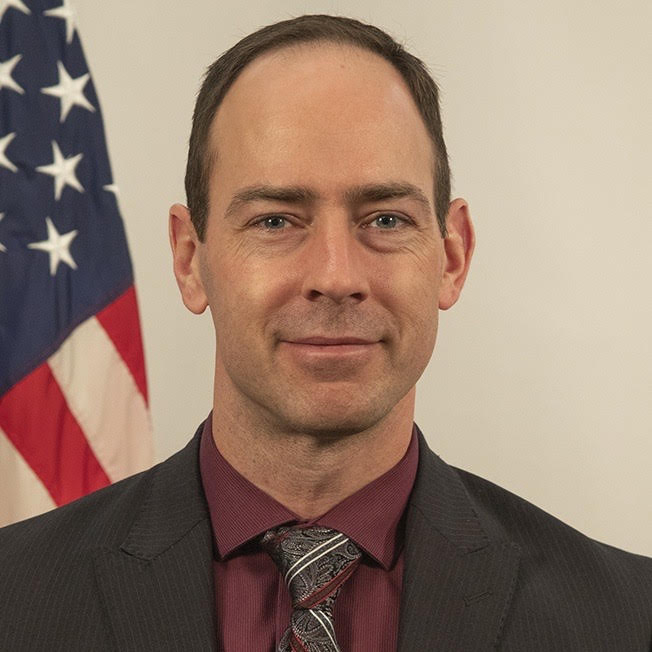Just over a year ago, President Donald Trump signed an executive order calling for the U.S. to maintain its leadership in artificial intelligence. That order launched the American AI initiative to promote and protect AI technology and innovation.
Among the things the directive requires is the implementation of a governmentwide strategy in collaboration and engagement with the private sector, academia, the public, and international partners.
On the federal side, the Office of Management and Budget and the General Services Administration led the creation of an AI community of practice to help agencies more fully take advantage of today’s and tomorrow’s AI and machine learning technologies.
The community of practice, which kicked off in November, is now 400 members strong from 26 agencies.
One of the big goals of the community of practice is to create a searchable “use case repository” that would give agencies a playbook of examples where agencies have successfully deployed AI for customer experience, human resources, advanced cybersecurity and business processes.
This type of help can’t come soon enough as civilian agencies are expected to spend more than 1 billion dollars on AI programs over the next year ranging from the Agriculture Department using these technologies to food research to the Energy Department applying AI internally through its new AI and technology office.
The Defense Department, meanwhile, is asking for more than $106 billion for research and development in fiscal 2021 and AI will be a major focus area.
Moving into AI and machine learning is not something agencies can just jump into, they have to develop roadmaps, use cases and workforce skillsets to get to the benefits of these emerging technologies—better decision making.
“When we talk about creating a roadmap, it’s not just about these are the 50 or 500 or 5,000 things we could do with AI, but which ones are most important to us today, which ones are high value, but low impact in terms of timing and which ones do we have the data right for. The data is never going to be perfect,” said Eric Forseter, the general manager for public sector at DataRobot. “When you use software that can automate machine learning, then you can enable people who are your mission critical staff, but not necessarily data scientists. They could anyone who needs to know that information and work with it.”
Artificial Intelligence Strategy in Government
When you look at where AI is and where processing is, we have a huge opportunity here and there is great potential, but only if we can get our act together, if you will, and get to the situation where we can apply AI at scale. So what does that means for us? It means that we have to start thinking about continuous integration and continuous delivery of software, all the way from the business end out to warfighting.
Rear Adm. David Hahn
Chief of Naval Research, U.S. Navy
The big thing is you have to define these [use cases] and figure out which ones will give us the right impact but which ones do we have data ready today that we can do because they make mission critical decisions.
Eric Forseter
General Manager, Public Sector, DataRobot
When you break down AI or ML, there are two big components: You have your data and you have your logic and the algorithm. The data piece, which not an easy lift, is easy to shine a light on it, this is where it’s coming in, this is where I’m keeping it, this is the structure I need and I need to make these tweaks so I can feed it into the ML tool. The logic piece is a little more complicated. That is the human factor we are trying to digitize and take that thought process, that business decision or that action or activity that needs to happen on the back end of that is the heaviest lift and hardest one to identify.
Sean Zerges
Division Chief, Digital Services and Solutions Strategy, Office of Information Technology, General Services Administration
Listen to the full show:
Copyright
© 2025 Federal News Network. All rights reserved. This website is not intended for users located within the European Economic Area.












